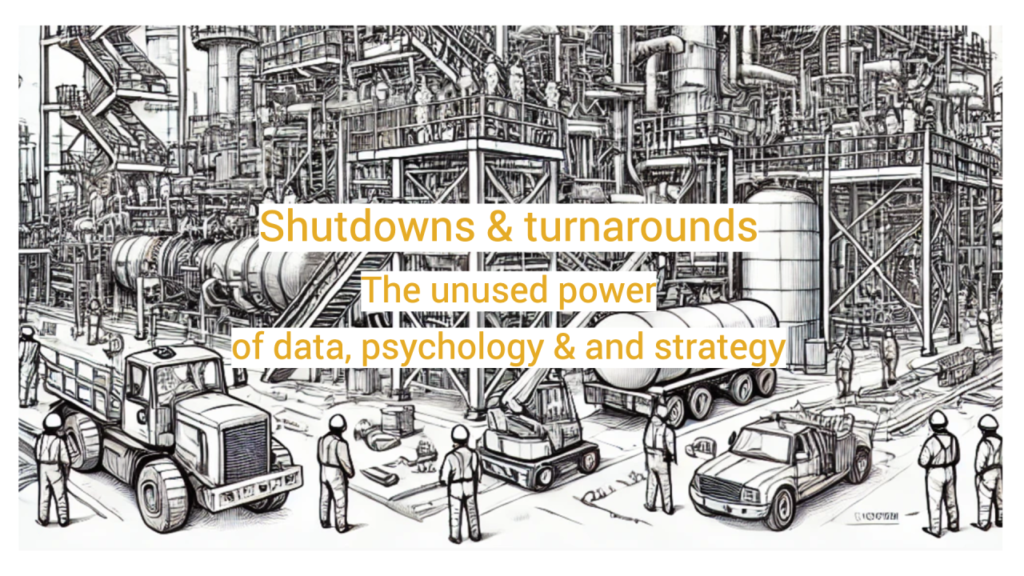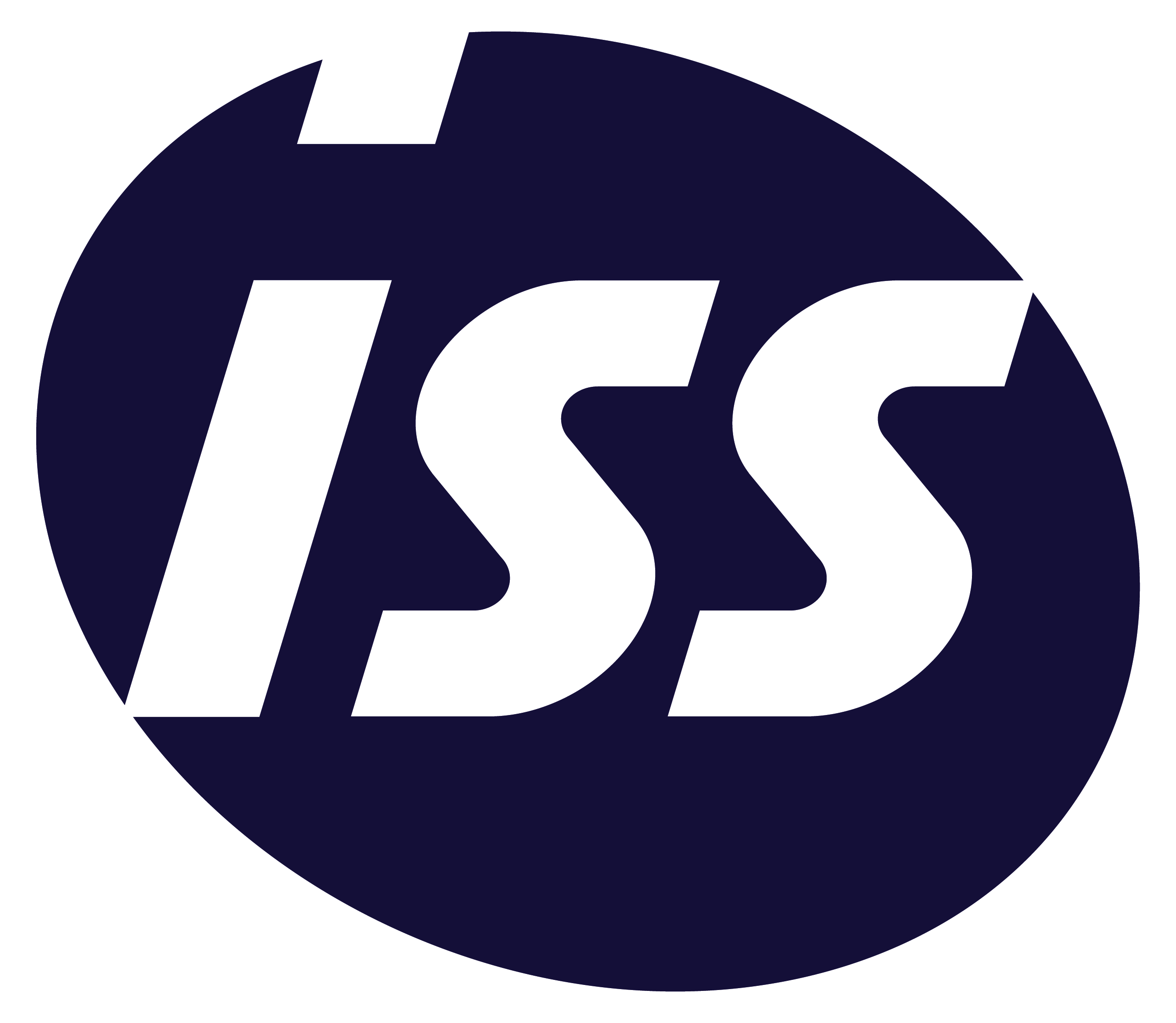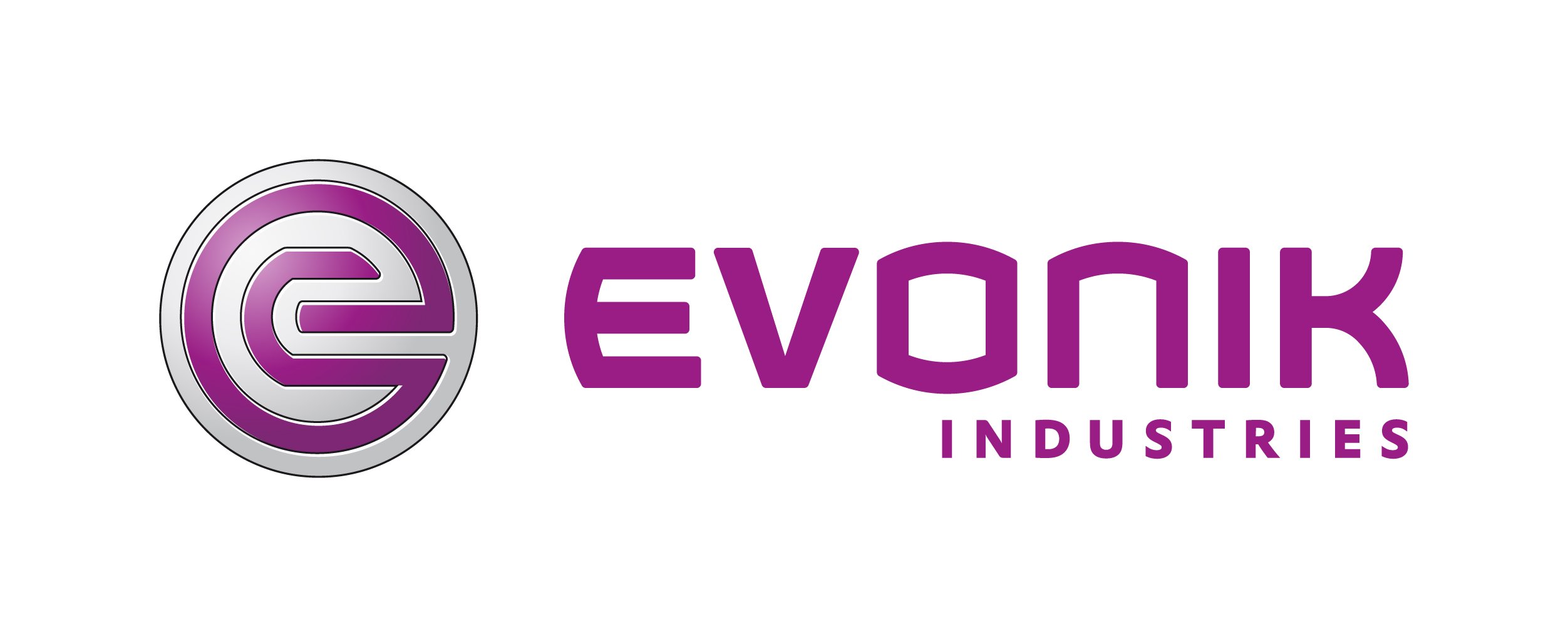
History
Why are turnarounds still a problem?
Shutdowns and turnarounds have been integral to industrial production for decades, but despite technological advances, they remain problematic. What once began as simple maintenance planning is today a complex, multi-million dollar project with enormous logistical and safety challenges. Yet many companies still cling to outdated strategies and make ad hoc decisions without a holistic view of the process.
An interesting parallel can be drawn with military operations. In the military, planning is everything: scenario thinking, risk analysis, and contingency planning determine the success of a mission. So why is this not applied structurally in turnarounds? The airline industry, also dealing with risky operations and tight schedules, has optimized turnarounds into a science. This shows that the industry still has some catching up to do.
NASA’s flawless missions are the result of extreme preparation and simulation. They minimize risk through detailed protocols and continuous monitoring, reducing errors to a minimum. What if we translate this thinking to turnarounds?
The economic paradox
Why spending more money is sometimes cheaper
Many companies see turnarounds as a cost and try to cut costs by reducing budgets. But paradoxically, this often leads to longer downtime and unforeseen complications that end up costing more than a higher initial investment.
The real problem lies in the hidden costs: image damage, contract breaches and supply chain disruptions. When a plant is down due to a poorly planned shutdown, it affects not only operational costs, but also its reputation with customers and investors. In industries where reliability is essential, a delayed turnaround can undermine years of business relationships.
A useful comparison can be made with the airline industry. Airlines optimize maintenance schedules so that aircraft stay in the air to the maximum extent possible. They use predictive maintenance to intervene precisely in time and avoid unnecessary downtime. Why isn’t this approach being used in the industrial sector?
A chemical plant discovered that by investing millions more in planning and preparation, the turnaround was completed 40% faster. The result? A dramatic improvement in ROI, fewer safety incidents, and a smoother startup after the shutdown.
The psychology of shutdowns
Why people are the biggest variable
Technology can solve many problems, but the human factor remains the biggest challenge. Psychological pitfalls, such as optimism bias and groupthink, often lead to overly optimistic estimates and unrealistic deadlines.
People systematically overestimate their ability to complete a project within the planned time and cost. This leads to underreporting of risks and ignoring early warning signals. Psychological principles such as “nudging” can help make operations safer and more efficient by subtly encouraging desired behaviors.
One refinery applied behavioral science insights to increase contractor compliance by 80%. Through simple changes in visual cues and communication, safety compliance improved dramatically.
Data and AI
From reactive to predictive maintenance
80% of failures can be predicted with the right data, but many companies are not yet taking advantage of this opportunity. They work reactively instead of proactively, leading to unplanned downtime and higher costs.
AI and machine learning make it possible to continuously monitor equipment and predict outages before they occur. For example, Amazon applies dynamic planning and predictive analytics to its logistics chain, allowing them to make real-time adjustments. This principle is perfectly applicable to turnarounds: why are we still planning manually when AI can predict much more accurately where and when maintenance is needed?
A large oil company implemented AI and reduced unexpected breakdowns by 50%. The investment in data analytics paid for itself within two years and significantly increased employee safety.
The future
From shutdowns to smart resilience
The future of shutdowns and turnarounds lies in full digitization and a shift to smart resilience strategies. Digital twins make it possible to simulate and test an exact digital copy of a plant before a shutdown occurs. This allows companies to calculate scenarios and eliminate risks before the operation starts.
Another aspect going forward is the geopolitical impact on supply chains. With supply chains under pressure worldwide, companies need to build flexibility into their schedules. Strategic inventory management and multi-sourcing will become integral parts of shutdown strategies.
Will your turnaround be a success story or a nightmare?
Turnarounds can be a strategic benefit or turn into a financial and operational fiasco. The companies investing in data, behavioral science, and technological innovation now are transforming their approach and achieving less downtime, lower costs, and higher security.
What do you think? What do you think is the biggest challenge in turnarounds?
A. Planning errors and unexpected delays – Is planning being done too optimistically?
B. Lack of data and predictive maintenance – Is the technology there, but not being used?
C. Contractor compliance and safety – Do the biggest problems lie with outside employees?
D. Budgets and cost control – Are the wrong things being cut too much?
E. Anything else?
Geert Peter de Oude CEO Onyx One











